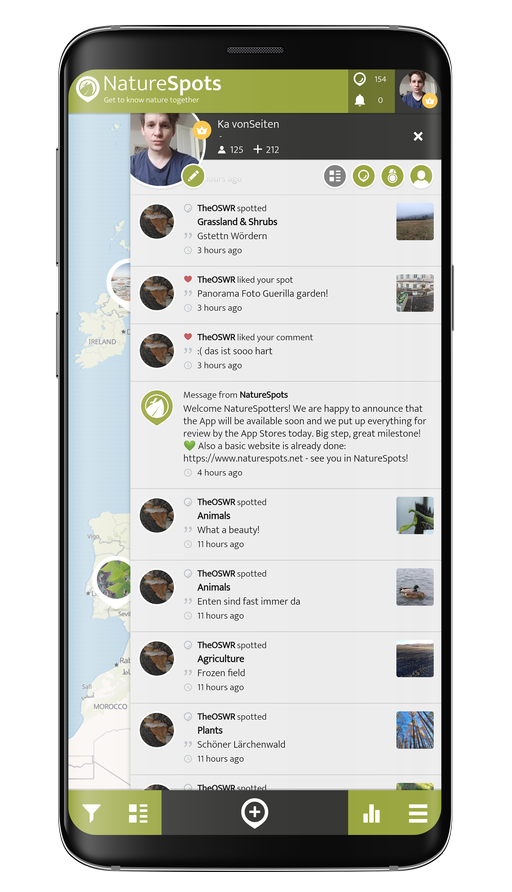A rock is any naturally occurring solid mass or aggregate of minerals or mineraloid matter. It is categorized by the minerals included, its chemical composition and the way in which it is formed. Rocks form the Earth's outer solid layer, the crust, and most of its interior, except for the liquid outer core and pockets of magma in the asthenosphere.
Rocks are usually grouped into three main groups: igneous rocks, sedimentary rocks and metamorphic rocks. Igneous rocks are formed when magma cools in the Earth's crust, or lava cools on the ground surface or the seabed. Sedimentary rocks are formed by diagenesis or lithification of sediments, which in turn are formed by the weathering, transport, and deposition of existing rocks. Metamorphic rocks are formed when existing rocks are subjected to such large pressures and temperatures that they are transformed—something that occurs, for example, when continental plates collide.
The scientific study of the character and origin of rocks is called petrology, which is an essential subdiscipline of geology.
Classification
Rocks are composed primarily of grains of minerals, which are crystalline solids formed from atoms chemical bonded into an orderly structure. Some rocks also contain mineraloids, which are rigid, mineral-like substances, such as volcanic glass, that lacks crystalline structure. The types and abundance of minerals in a rock are determined by the manner in which it was formed.
Most rocks contain silicate minerals, compounds that include silica tetrahedra in their crystal lattice, and account for about one-third of all known mineral species and about 95% of the earth's crust. The proportion of silica in rocks and minerals is a major factor in determining their names and properties.
Rocks are classified according to characteristics such as mineral and chemical composition, permeability, texture of the constituent particles, and particle size. These physical properties are the result of the processes that formed the rocks. Over the course of time, rocks can be transformed from one type into another, as described by a geological model called the rock cycle. This transformation produces three general classes of rock: igneous, sedimentary and metamorphic.
Source: Wikipedia contributors. "Rock (geology)." Wikipedia, The Free Encyclopedia. Wikipedia, The Free Encyclopedia, 20 Jun. 2021. Web. 28 Jun. 2021.

